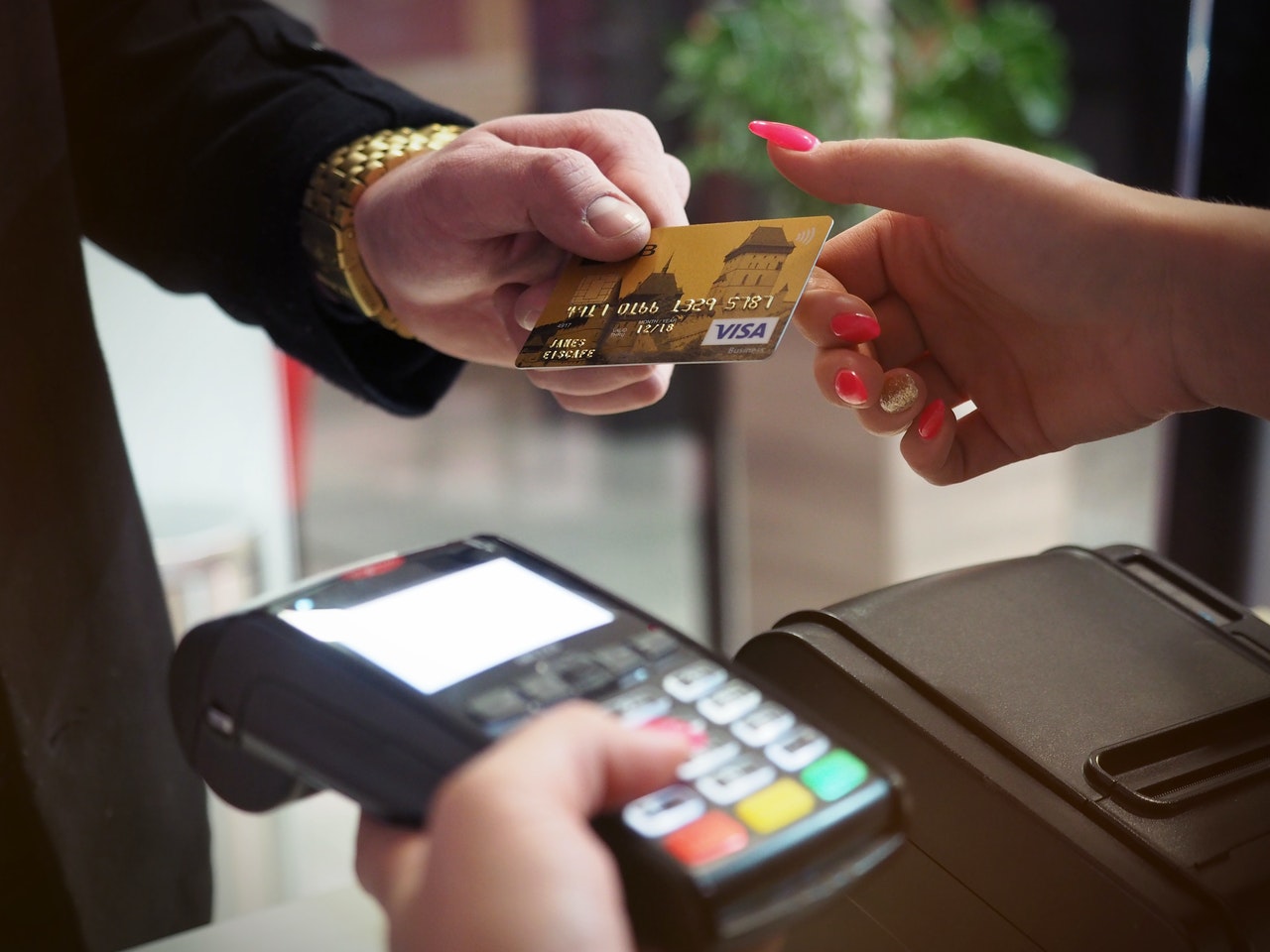There’s a lot to look out for when you’re trying to get started with payment processing for your gym or school. To help keep your bottom line healthy, we’ve written this article to help you understand all the most important issues in payment processing and how to leverage that knowledge to save you money and headache down the line.
How to Get Started with Payments
There are two major ways to get started taking payments for your business:
- Gym Merchant accounts + Payment gateway
- Online payment processors such as Stripe and Square
Gym Merchant Accounts + Payment Gateway
Merchant accounts are a type of bank account that allows businesses to accept credit-card transactions. You would need to apply for it from your bank or from a company that specializes in merchant account provision. In addition to opening a merchant account, you would also need to obtain a payment gateway, which provides the connection to the various credit card companies and allows you to accept card payments. Both merchant accounts and payment gateways have their own fees and set of administrative procedures to acquire, and require you to be compliant with PCI (Payment Card Industry) standards.
Pros:
- A good relationship with your bank can allow you to get preferential rates
- Quicker deposit into your bank account
Cons:
- Additional paperwork and a longer process to get started
- Complicated and potentially confusing rates for different types of cards that change dynamically and harder to budget for (see: interchange rates)
- No or outdated online tools and solutions for processing online payments
- Monthly fees to maintain each account
Online Payment Processors for Credit Card Payments and Beyond
Online payment processors are a more streamlined solution that allow you to accept card payments in person and online with a single account. They also come with options to process online payments, which you would often need to obtain separately if your merchant account provider does not have that option.
Pros
- Simpler and faster set up, typically completed entirely online
- Maintain just one account with reduced operational complexity and overhead
- Simplified fee structure – typically a fixed rate, and often with no monthly fees
- Easy access to online payment processing and integration with online tools
Cons
- Fixed pricing typically means no preferential rates unless you process a very large volume
- Slower payout time – typically one or 2 days after charging a payment card
At Martial Arts on Rails we integrate with 3 online payment processors – Stripe, Square and Authorize.net. As we are an online platform, we require a provider that has native online capabilities. Authorize.net is a special case in that they can provide just the payment gateway if you already have a merchant account, so it allows for more flexibility if you prefer to maintain separate accounts for whatever reason.
Payment Types for Gym Payment Processing
Aside from payment cards, there are other methods to receive and collect payments in the US and abroad:
- ACH (US): Direct bank debits using the Automated Clearing House (ACH) system in the US. Fees are drastically lower compared to payment cards (around .8% per transaction) and you don’t have to worry about cards expiring or members issuing chargebacks.
- Pre-Authorized Debits (Canada): Direct bank debits that require a pre-authorization to be collected.
- BECS: Direct bank debits in Australia.
- SEPA: A European bank-to-bank transaction.
- iDEAL: Local payment method in many European countries.
Collecting payments using a direct debit method can greatly reduce costs and potential payment issues (card declines). Of the health club payment processing options we integrate with, all 3 (Stripe, Square and Authorize.net) provide ACH payments in the US. However, only Stripe provides access to direct debits in other countries.
POS (Point-of-Sale) Hardware
Even if you use an online member management software solution to manage your members, you might still prefer to have physical hardware for processing card payments.
At the most basic level, you can get a card reader for swiping and chipping cards. More recent card readers can also accept NFC transactions from cards and mobile devices, including Google and Apple Pay.
Both Stripe and Square provide dedicated card readers that integrate with online software such as ours. Square provides the Square Terminal, a fully featured touchscreen card reader that can accept card swipes, chip cards and touch payments using NFC. It has a built-in printer for receipts. Stripe currently provides the BBPOS WisePOS E, a comparable reader to the Square Terminal.

Payment Software & Payment Processing Systems
Obtaining a card processing account and hardware is usually not enough: you also need software to streamline your operations and avoid entering everything manually.
Payment software provides tools for creating and scheduling payments, as well as tracking inventory and invoices for accounting purposes.
Popular general purpose payment software solutions include:
- Square
- Clover Network
- Waveapps
- Venmo Business
- PayPal
It’s important that your business solutions all talk to each other in one place. While the above software solutions are very user friendly and accessible, most are not integrated with your other business operations, like member management, membership payments, marketing, and reporting — and this can create a lot of administrative overhead and cost you in terms of time waste and missed payments.
That’s where gym management software becomes essential.
Gymdesk understands how thin the margins can be for gyms, fitness studios, and martial arts schools. It’s for that reason that payments is one of the core features built into our gym management system. This saves you money and keeps sales and accounting simple and easy. You can learn more about it here.
Processing Fees: Things to Watch Out For
Payment processing companies will often reel you into their programs with offers such as “payment processing as low as x%” but the reality is that this is misleading. If you don’t know how these companies work, you will be surprised at what you see on the balance sheet vs what was advertised when you signed up.
Long story short, payment processors charge different processing fees for different types of transactions. Since your business is likely to engage in transactions across the spectrum, you will have a combination of “as-advertised” processing rates and higher rates. Chances are, most of the transactions at your gym, studio, or martial arts school will be at a higher rate.
If you’re not careful, other little service fees will creep up on you, too. This can include chargeback fees, per transaction fees, daily batch fees, PCI non-compliance fees, PCI tool fees, and gym POS software subscriptions (thankfully, Gymdesk provides this to you at no extra cost). Read more about payment processing fees and pitfalls in this article.
Managing Delinquent Payments, Refunds, and Chargebacks
Delinquent accounts are a tedious part of day-to-day gym operations, and it’s easy to mess up how you handle them. Martial Arts on Rails helps you navigate this, while also automating most of your efforts, by sending out friendly email notifications when payments fail and how to correct it online. We also rebill delinquent payments automatically for you several times over the course of a week, and in many cases that can resolve failed payments without you needing to take action at all. And if none of those work, you can block off members from checking-in to the gym until they are current on their payments.
Some gyms send delinquent accounts to collections. We personally do not favor this approach, as the hit to your reputation will typically outweigh any immediate monetary compensation you’ll be able to extract from the delinquent accounts.
Excessive refunds and chargebacks can tank your finances. Make sure that you have clear, well-communicated policies on refunds and that you are firm on those policies. If at all possible, offer to solve the issue without a refund or to substitute a service or product of the same value instead.
In rare cases, members might use their ability to chargeback payments through their credit card company. In addition to losing the original payment amount, chargebacks also cost a small fee (typically $15 – $25) and if it’s frequent you might take a hit with your reputation with your payment processors.
Some payment processors, such as Stripe, allow you to dispute chargebacks by providing evidence (such as contracts and records of attendance), and help you recover your funds and avoid the chargeback fees.
Conclusion
It’s important to know the ins and outs of payment processing for the financial wellbeing of your fitness or martial arts business. In this article, we covered:
- The best ways to get started with payments, for your business
- Payment types available internationally, and their advantages
- Everything you need to know about POS software and hardware
- What to watch out for with payment processing fees
- Managing delinquent accounts, refunds, and chargebacks
With all this knowledge in mind, we hope you can dodge hidden hangups and keep your bottom line healthy going forward.
 Gym Owner Statistics: The State of Gyms, Member Trends, and Usage Data
Gym Owner Statistics: The State of Gyms, Member Trends, and Usage Data




 EN (English)
EN (English)
 JA (日本語)
JA (日本語)